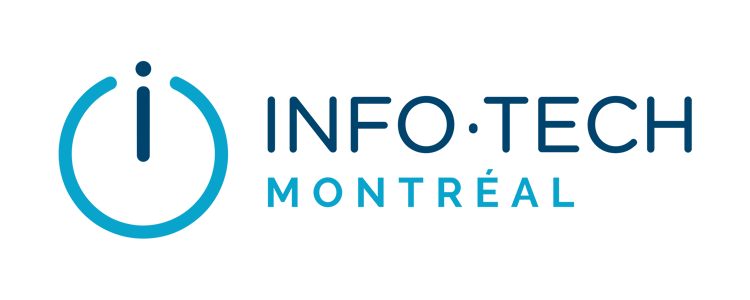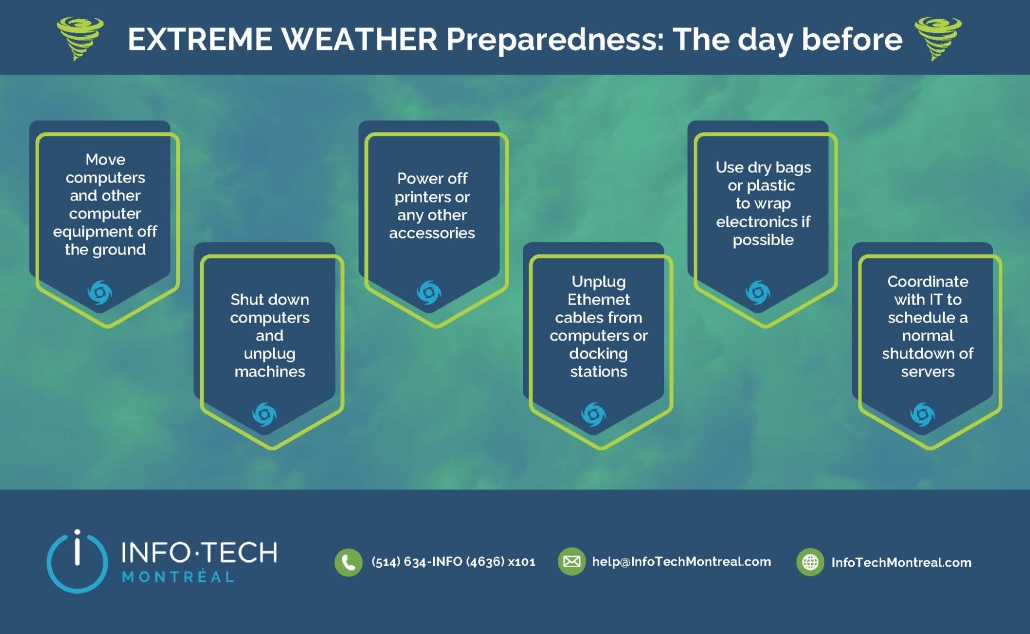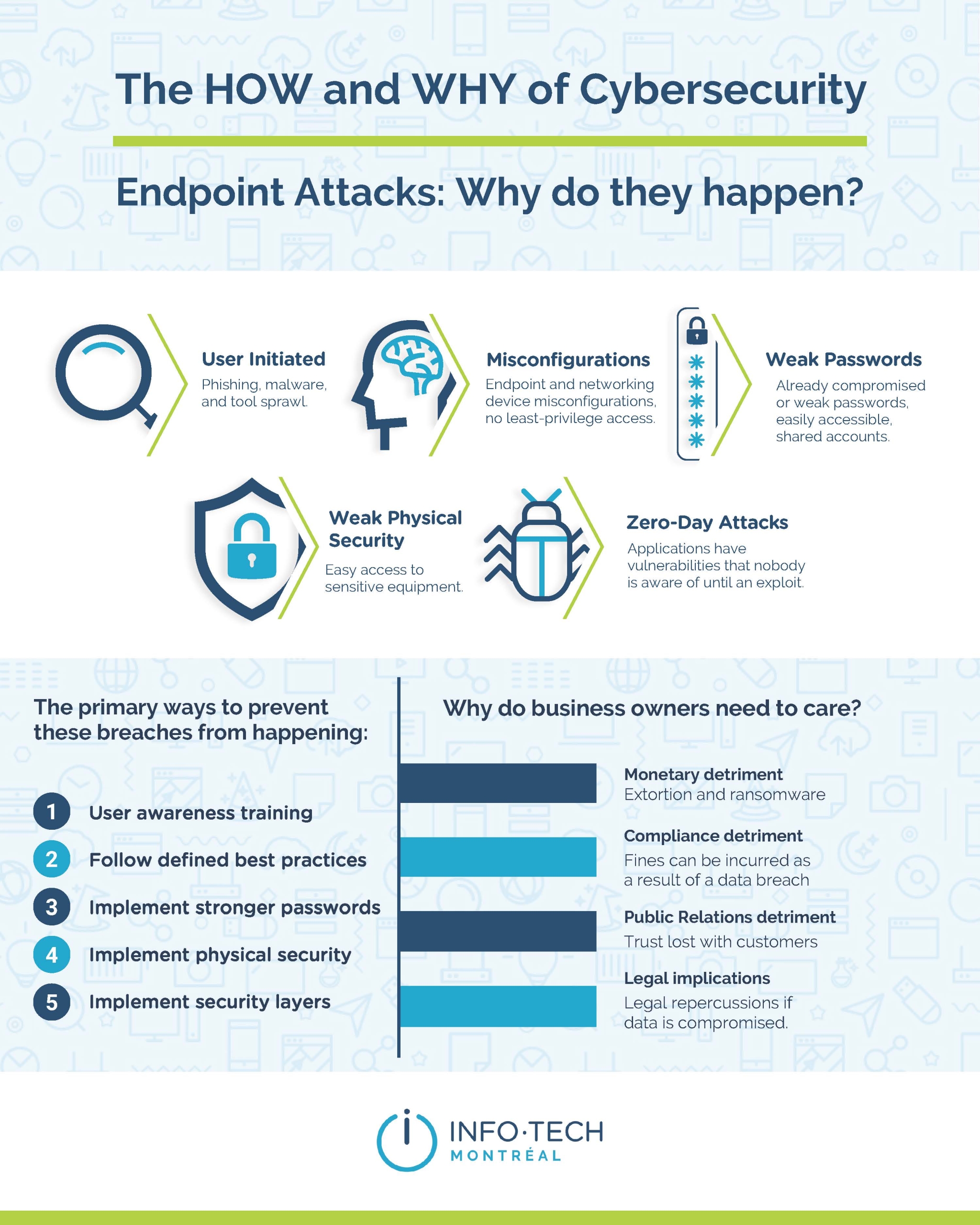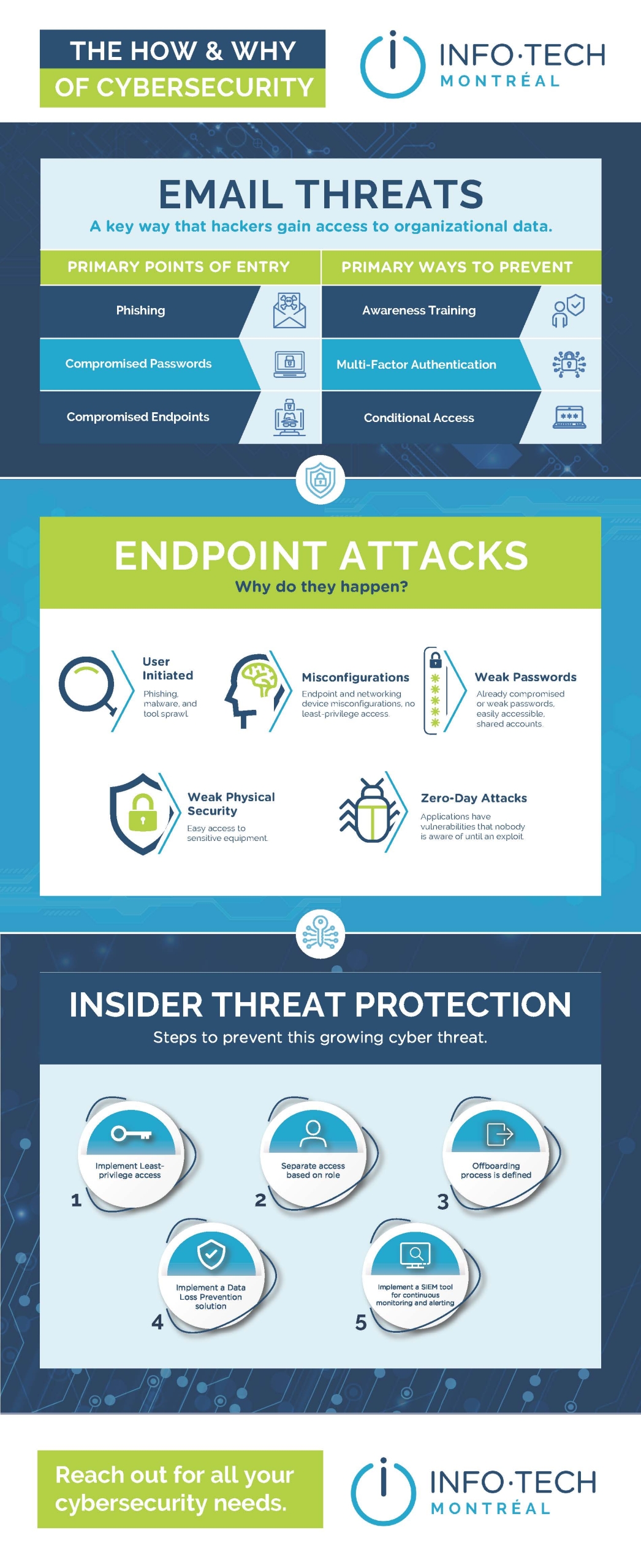Everything You Need To Know About Windows 10 End-of-Life
Microsoft is officially planning to end support for Windows 10 on October 14, 2025, which can introduce serious security, compliance, and productivity risks for organizations that choose not to upgrade.
Here’s a story that demonstrates the risks of not upgrading after Windows 10 End-of-Life:
Travelex, a global foreign exchange company, suffered a ransomware attack on New Year’s Eve 2019 that crippled its operations. The company had been using Windows XP and other outdated systems in critical areas of its infrastructure, despite Windows XP being officially unsupported by Microsoft since 2014.
This ransomware attack resulted in a temporary shutdown of their services that disrupted operations in airports, banks and financial institutions worldwide. They were also forced to pay a ransom to the attackers (reportedly $2.3 million), and it faced significant costs in system recovery, legal fees, and rebuilding operations.
Moral of the story: Upgrade your systems—it’s usually free unless it requires hardware upgrades, and it can save you a lot of potential grief down the road.
CONTENTS
What Does Windows 10 End-of-Life Actually Mean
Loss of Security Updates and Patches
No Bug Fixes or Functionality Updates
Heightened Risk of Downtime and Disruptions
Why Organizations Need to Take Action BEFORE Windows 10 EOL
The Benefits of Upgrading to a Supported OS
Common Misconceptions About Windows 10 End-of-Life
“We Have Plenty of Time to Upgrade”
“We Don’t Use Windows 10 for Anything Critical”
“We Don’t Need the New Features, There’s No Urgency to Upgrade”
Need Help Upgrading Your Systems?
What Does Windows 10 End-of-Life Actually Mean?
When Microsoft declares an OS as end-of-life, they stop providing security updates, patches, and technical support. Although Windows 10 will still function, it will be highly vulnerable to new cybersecurity threats without these critical updates. Here’s a closer look at what EOL means and how it impacts organizations:
Loss of Security Updates and Patches
Once Windows 10 reaches EOL, Microsoft will stop issuing security updates. Security patches are essential for fixing vulnerabilities that cybercriminals could exploit to infiltrate systems, steal data, or disrupt operations. Without these patches, outdated systems become significantly more vulnerable to cyberattacks.
The absence of security updates means that any new vulnerability discovered in Windows 10 after its EOL date will remain unaddressed, leaving systems permanently exposed.
No Bug Fixes or Functionality Updates
Over time, organizations may encounter performance issues, software bugs, and compatibility problems as applications continue to evolve and no longer optimize for the outdated OS. This can lead to slower processing times, crashes, and frequent software issues that disrupt productivity.
For organizations relying on Windows 10, this could mean that everyday tasks take longer to complete or that employees face disruptions due to system slowdowns. Without support, any bugs that arise will be permanent, and resolving them will often require costly third-party workarounds.
Heightened Risk of Downtime and Disruptions
Outdated software can be more prone to crashes, conflicts, and errors, all of which contribute to unplanned downtime. For organizations, these disruptions can translate to lost productivity, delayed projects, and increased IT maintenance costs.
In some cases, running an unsupported OS may require IT teams to spend more time fixing issues, which distracts from other important IT tasks. Over time, these cumulative disruptions can slow down operational efficiency and drive up costs due to the need for constant troubleshooting and maintenance.
Why Organizations Need to Take Action BEFORE Windows 10 EOL
Outdated operating systems not only lack ongoing security support, but they also become significantly more vulnerable to various forms of cyber threats. Here are some specific risks organizations face if they continue using Windows 10 after EOL:
- Increased Vulnerability to Ransomware Attacks: Without the latest security patches, older systems become highly susceptible to new ransomware strains that exploit unpatched vulnerabilities, leading to potential financial and data losses.
- Compromised Networks: Once a hacker gains access to one outdated machine, they can potentially move laterally within the network to access other connected devices and systems. This makes the entire network vulnerable, not just the devices running an unsupported OS.
- Reduced Transition Stress: By starting early, IT teams have the time to test compatibility with existing applications and devices. This helps prevent last-minute surprises that could disrupt business such as unforeseen crashes and software compatibility issues with the incoming OS.
The Benefits of Upgrading to a Supported OS
Upgrading an operating system offers significant benefits for productivity and user experience. These improvements result from advancements in design, functionality, performance, and security, which all contribute to a smoother, more efficient work environment. Here’s a closer look at how a modern OS can drive better productivity and a more satisfying user experience:
- Faster Performance and Responsiveness: Modern operating systems are built to manage system resources more efficiently where they’re most needed. Windows 11, for example, has been optimized for improved responsiveness, resulting in faster app launches and smoother task switching.
- Protection for Sensitive Information: Many modern OS updates support advanced data encryption, multi-factor authentication, and biometric security, such as facial recognition and fingerprint scanning. These features help keep sensitive data secure, giving users peace of mind and allowing them to focus on their work.
- Faster File Access: File Explorer improvements and system indexing ensure that files are accessed and loaded faster. Whether users are searching for a document or opening a folder, the process is more efficient, saving valuable time and processing power in daily tasks.
Common Misconceptions About Windows 10 End-of-Life
“We Have Plenty of Time to Upgrade”
With the EOL deadline set for October 14, 2025, some organizations may procrastinate, assuming they have plenty of time to deal with the upgrade. However, delaying the upgrade process can lead to a rushed and stressful transition as the deadline nears, making it difficult to complete the process in a timely and efficient manner.
The Reality: Waiting until the last minute to upgrade is risky. IT teams will face a more complex and expensive upgrade process due to potential hardware incompatibilities, software adjustments, and workforce training needs. Delays could result in disruptions to day-to-day operations, and organizations may experience extended downtime as systems are transitioned.
It’s always better to begin the upgrade process well in advance to ensure everything is thoroughly tested and compatible with new systems.
“We Don’t Use Windows 10 for Anything Critical”
Some organizations believe that because they don’t rely heavily on Windows 10 for “critical” operations, they can continue using the OS after its EOL without facing serious consequences.
Travelex’s story is not unique. Every day, small businesses face similar cyberattacks and operational disruptions due to outdated systems, but their incidents often go unreported because they aren’t large enough to make the news.
The Reality: Even if your organization doesn’t rely on Windows 10 for the most sensitive operations, any connected system that uses an unsupported OS is at risk. Outdated systems can serve as entry points for cybercriminals to exploit vulnerabilities and gain access to your network. A breach in one area can quickly spread to other systems, leading to much more significant consequences. No system is too “insignificant” to be targeted, so organizations should schedule their upgrades well in advance to ensure every device is secure.
“We Don’t Need the New Features, There’s No Urgency to Upgrade”
Some organizations believe that the new features in more up-to-date operating systems (Windows 11 at the time of writing) aren’t crucial to their day-to-day operations, so they might feel there’s no pressing reason to upgrade.
The Reality: Even if specific features in Windows 11 don’t seem immediately useful, the upgrade is essential for overall security, performance, and compatibility. Newer OS versions are designed to enhance long-term productivity, optimize system performance, and integrate with modern technologies. Additionally, as third-party software updates move toward supporting the latest OS versions, older systems may face increasing compatibility issues that hinder your organization’s efficiency.
Need Help Upgrading Your Systems?
Don’t wait until the last minute to upgrade your systems—acting now ensures your business remains secure, compliant, and ready for the future. As your trusted local Montreal IT company, we specialize in seamless IT transitions and can help you plan and execute your Windows 10 upgrade with minimal disruption. From assessing your current systems to ensuring compatibility and training your staff on new features, we’re here to guide you every step of the way.
Contact us today to schedule a consultation and start planning your Windows 10 upgrade. We’ll help you ensure a smooth, secure, and efficient transition—protecting your organization from evolving cybersecurity threats and maximizing productivity.








